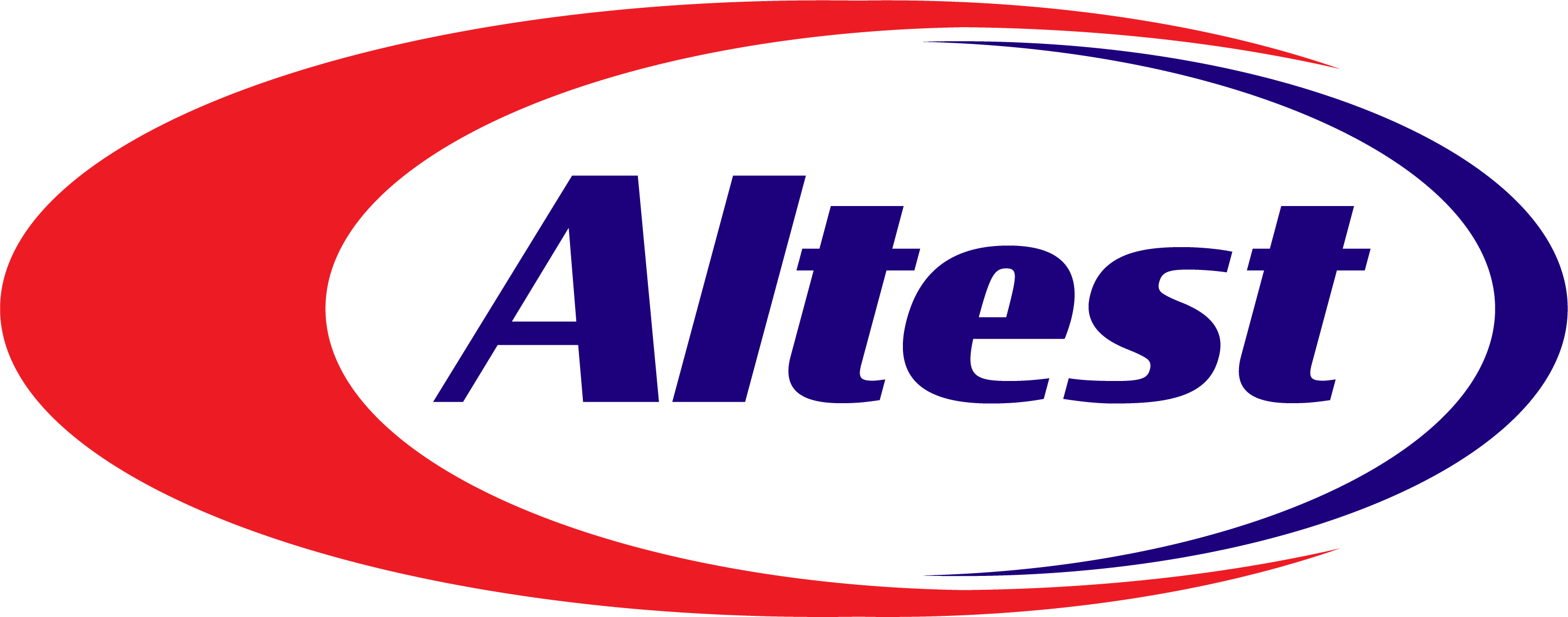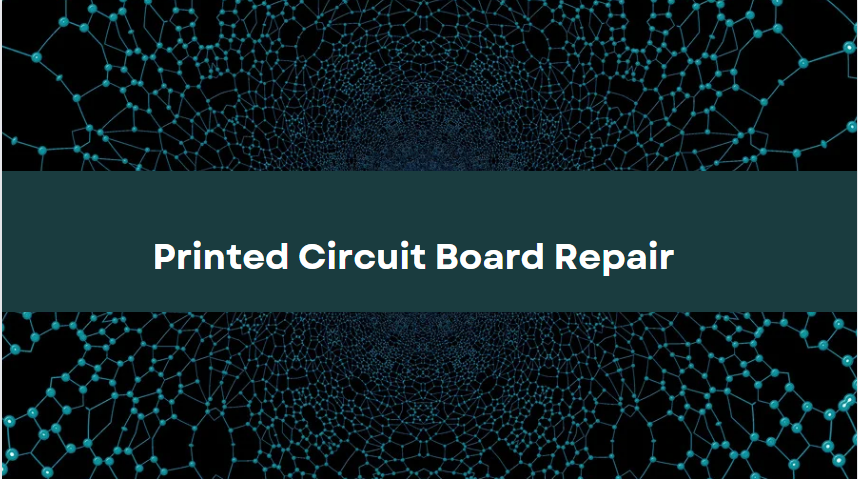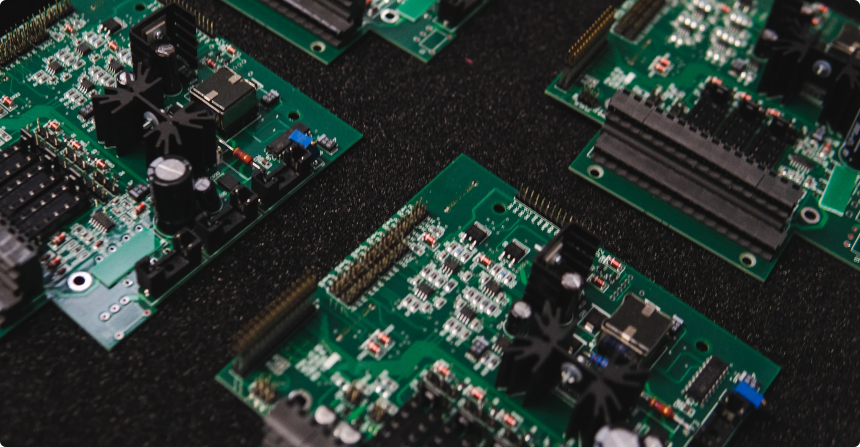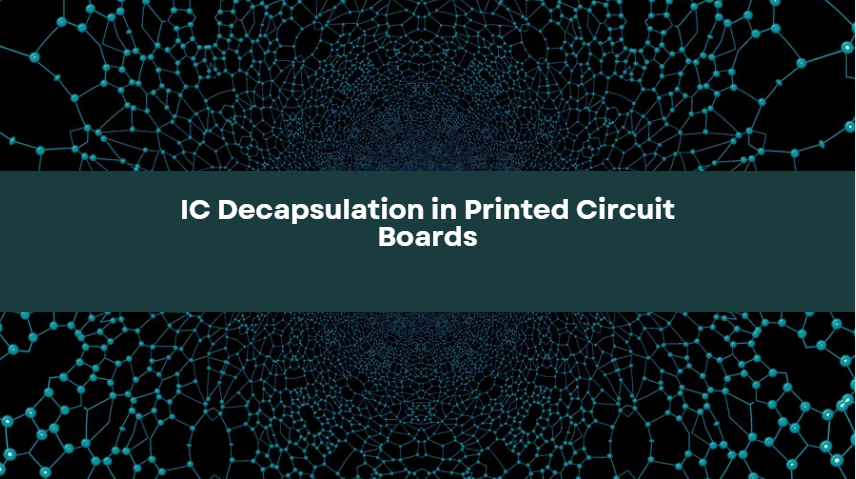Unlocking Efficiency with IC Decapsulation in Printed Circuit Boards

Admin, February 22,2024
Metal Core PCB Design and Assembly Techniques Guide
Optimizing Flexibility and Durability
Today’s electronic devices depend on circuit boards for their function. Engineers design different types of circuit boards, depending on their needs and the metal core PCB is one of them. Such a PCB has a metal core, unlike a traditional board having an FR4 substrate. The metal, in this case, is either steel, copper, or aluminum, depending on the product. The metal core circuit board dissipates heat which is hard to achieve in a traditional board. In an MCPCB, the metal sends heat from critical areas to less critical areas like heat sinks.
Since aluminum is good at transferring heat, it is more popular as a core metal among PCB manufacturing companies. Besides, aluminum is not as costly as copper. However, copper provides excellent function. Whereas the effect of steel on the PCB depends if it’s stainless steel or regular steel. The thermal conductivity of steel is lower than other metals, and it is also harder than other metals. Research shows that aluminum is a common core material in a PCB which we will discuss further in this article.
Other than the metal layer, PCB has a layer for thermal insulation and a conductive layer. There are some important layers in a metal core PCB (MCPCB), such as, it consists of a conductive layer, a thermal insulation layer board, a copper layer, a dielectric, and a metal substrate layer.
Key Benefits Of a Metal Core PCB
The metal core circuit boards provide more benefits than the FR4 circuit boards. Let’s explore them in detail:
- A metal core PCB has a high-end thermal conductivity. Its heat dissipation quality makes it ideal for high-temperature applications. It helps reduce the operating temperature of PCB components, increasing the lifespan of the device.
- An MCPCB often has aluminum as a core which is stronger than fiberglass or ceramic. Aluminum prevents the board from any damage during fabrication, assembly, or testing of an end product.
- Unlike fiberglass-based PCBs, metal core circuit boards can dissipate heat without adding other hardware, including a heat sink.
- Metal core PCBs are lighter than other boards. Moreover, they are long-lasting and easy to recycle. Such boards are environmentally friendly because aluminum is not toxic at all.
- When it comes to a PCB with a metal substrate, you will see more dimensional strength than FR4, like when the environment changes. Aluminum remains stable during a heating process having temperatures between 30°C and 150°C. There is only a minimal change in its size like up to 2.5% to 3.0%.
Classification Of A Metal Core PCB
Metal core circuit boards vary in terms of trace layers and core position. So, there are 5 basic metal core PCBs, such as:
1-MCPCB Having Single Layer: It has one side with a trace layer, and one copper layer, one dielectric layer. The core layer is aluminum.
It is ideal for:
- Audio devices due to their thermal efficiency.
- LED lights ensure more brightness and lower operating temperature.
- Automatic equipment needs boards with more thermal conductivity as they are very powerful. Hence, a single-layer MCPCB is good for it.
- Sensor products are highly compatible with such PCBs. Moreover, you can use a metal core PCB in packaging equipment as you can finish it in tin, or silver immersion for surface protection.
Note: A trace is a conductive path or track that connects different components on a PCB. A trace board is a network of multiple PCB components, including fuses, wiring, insulation, and metal.
2-Chip On Metal Circuit Board With One Trace Layer: Such a board has microchips that connect it to the core. The process of chip-on-board involves three stages, including chip mounting, wire bonding, and encapsulating the chip. The mirror-finished aluminum, in this case, is either gold-plated or silver-plated.
You can use the COB MCPCB in different applications, such as automotive, LED TVs, parking lights, street lights, high-power LED lights, or agriculture lighting.
3-MCPCB Having Two Layers On The Same Side: Also called double layered, this board has two conductive layers of copper on the same side. The metal layer is on the board’s bottom, hence the top surface is for assembly. It involves an extra lamination to bond the metal core and thermally conductive substrate. You need to fill the vias, in this case.
You can use a double-layered MCPCB for
- Audio equipment, including amplifiers.
- Equipment used in office automation.
- Inverters and power rectifiers
- Automobiles as power regulators or controllers.
- High-frequency amplifiers, or transmitters used in communication devices.
4-Each Side Has Two Trace Layers: Also known as a double-sided MCPCB, it has a metal core between conductors, hence both sides of the board have traces or conductors. Vias connect both sides, besides such a metal core PCB can allow components on the top, as well as on the bottom of the board through SMD.
It needs extra lamination to join a metal substrate and a thermally conductive substrate. However, pre-laminated material is also available in the industry. Remember, such a board requires highly expert technicians for lamination.
You can use a double-sided MCPCB for;
- Power regulators
- Line reactors
- Power supplies
- HVAC equipment
- Converters and UPS
- Transportation equipment
- Hard disk drives
- Automotive dashboards, etc.
5-Multilayered Board With Metal Core: It has multiple trace layers on one metal circuit board. The bottom has a metal core, and the rest of the layers include conductive and dielectric layers. You can install the SMT components on one side, but it does not allow the THT components. It is possible to have blind or buried vias, in this case. However, engineers prefer tenting vias in a multi-layer PCB.
Such a board requires highly expert technicians for laminating multiple substrates. Hence, the board is more costly than other types of MC PCBs.
The number of layers can be any depending on the application. Boards with 2 to 4 layers are suitable for tiny components, but a complex PCB requires many layers, and a 6-layer PCB stack-up is also common in this regard having two core layers. However, it can also be an 8 or a 12-layer circuit board.
A multi-layer MCPCB can work well in:
- Fiber optic sensors
- Health monitors
- Nuclear monitor units
- Weather prediction equipment
- File servers
- Satellite units
- Signal transmitters
Note: The PCB soldering temperature in the metal core depends on the type of circuit board.
Elements to Consider in a Metal Core PCB
The Thickness of MCPCB: The thickness of the substrate in this regard varies, depending on the metal. Like, the aluminum core has a thickness between 0.8 to 2.0 mm. But, if the metal substrate is copper then the thickness can go from 1 to 5mm.
The Peel-Off Strength of MCPCB: In circuit boards, you need a certain force to peel off the material. A metal core PCB’s peel strength is often higher than 9lb/in.
Thermal Conductivity: Any metal’s ability to allow for a heat flow is called its thermal conductivity. In the case of MCPCB, thermal conductivity ranges from 1.5W TO 2.0W.
Aluminum Core PCB
Printed circuit boards with aluminum substrates are suitable for high-frequency applications as their heat dissipation level is high. The design of such boards differs from regular circuit boars in terms of layers. Three important layers of aluminum PCB include a circuit layer, thermal insulation, and the metal base.
The circuit layer consists of copper foil and the thermal insulation has a ceramic polymer that protects the circuit layer from both mechanical and thermal stresses. Whereas the core is an aluminum alloy that offers excellent heat conductivity.
Three types of aluminum core PCBs are common, such as through-hole aluminum circuit board, flexible aluminum PCB, and hybrid aluminum PCB.
Aluminum PCB is ideal for LED technology as such applications generate high heat that you cannot reduce with fans. You don’t need to have lots of LEDs for a large amount of light by having metal-core circuit boards.
Aluminum core PCB is also ideal for military, as well as aerospace industries where the equipment has to bear high heat and temperatures, and excessive moisture. There are also mechanical shocks that’s why engineers use a MCPCB due to its integral structure. Such circuit boards prevent hot spots in active areas by equally distributing the temperature.
Final Thoughts
A metal core PCB has a metal substrate, unlike a traditional board having an FR4 substrate. Engineers use steel, copper, or aluminum, depending on the product. The metal core circuit board dissipates heat which is hard to achieve in a traditional board. In an MCPCB, the metal sends heat from critical areas to less critical areas like heat sinks. There are five types of metal-core PCBs in the industry.
Aluminum core printed circuit boards are suitable for high-frequency applications as their heat dissipation level is high. The design of such boards differs from regular circuit boars in terms of layers. Three important layers of aluminum PCB include a circuit layer, thermal insulation, and the metal base. The application determines the kind of printed circuit board you should have.
YOU MIGHT ALSO LIKE
Share:




